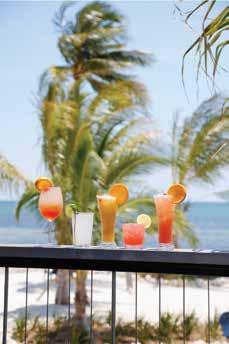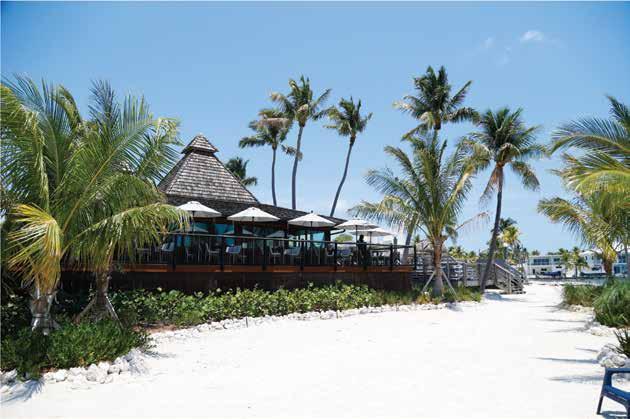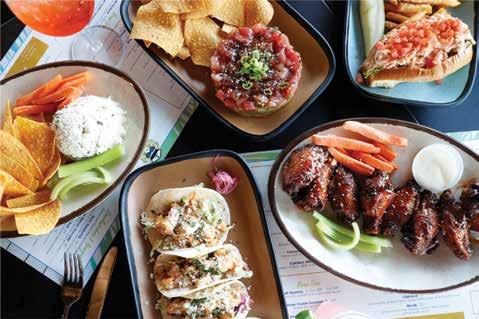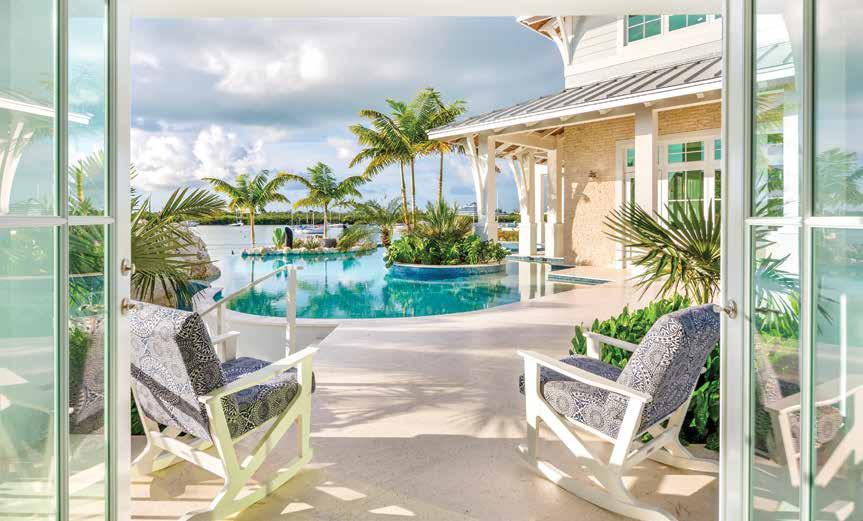
2 minute read
THE LOBSTER LOWDOWN
Details Matter When Hunting
• Spiny lobster must have a minimum carapace length greater than 3 inches, and the measurement must take place in the water. The carapace is measured beginning at the forward edge between the rostral horns, excluding soft tissue and proceeding along the middle to the rear edge of the carapace. If a lobster gauge can fit over the end of the carapace, the lobster is TOO SHORT. All recreationally harvested lobster must remain in whole condition while at sea.
• Egg-bearing (berried) spiny lobster must be released unharmed. Stripping egg-bearing females of eggs, and possession of spiny lobster tails from which eggs have been removed, is prohibited. Eggs are orange, yellow, brown or red masses found covering the underside of the lobster’s tail.
• The federal bag limit cannot be combined with the state bag limit. The bag limit is six lobsters per active harvester per day.
• Gear that could puncture, penetrate or crush the shell of the lobster is prohibited. It is illegal to spearfish lobster.
• Possession of bully nets or hoop nets are prohibited in Everglades National Park.
• Recreational harvesters are required to possess a valid Florida saltwater fishing license with current lobster addon. They can be purchased online at gooutdoorsflorida.com/ or by calling 1-888-HUNT-FLORIDA (486-8356).

• It is a felony to molest, damage or take lobster from commercial traps in state or federal waters.
• A diver-down flag must be prominently displayed when divers and snorkelers are in the water. Other vessels must slow to idle speed when within 300 feet of a dive flag in open water, or 100 feet in canals.
• It is illegal to intentionally create “artificial habitat” for lobsters using items like cement blocks, pipes and other debris.
• Recreational trapping is prohibited
The Seasons
Sport season/“mini season”: the last consecutive Wednesday and Thursday in July, beginning at 12:01 a.m. on day one and ending at midnight on day two. Regular season: August 6 through March 31
Stay Away
Most Keys cities have invoked special rules to cut down on neighbor-on-neighbor – and especially resident-on-visitor – “turf wars.” Essentially, local rules establish a “no-go” zone to keep lobster hunters away from private property. In the following areas, there is no diving or snorkeling within 300 feet of enhanced residential or commercial shoreline, any man-made or private canal, or any public or private marina:
In Islamorada, Key West and unincorporated Monroe County, the rule applies during the three days prior to the sport season (July 23-25 in 2023), the entirety of the sport season (July 26-27) and the first five days of the regular season (Aug. 6-10). In Marathon, the rule only applies during sport season, and in Key Colony Beach, it applies from the four days preceding sport season through 10 days after the opening of regular season. The city of Layton has a prohibition on harvesting lobster any time from waters within city limits.
DON’T GO THERE...
While there are many spots to catch a sizable lobster, there are also many areas protected by a special set of rules. Know where you’re going before you head out.
DON’T LOBSTER IN THESE AREAS
Sanctuary Preservation Areas (SPAs)
Upper Keys
Alligator Reef Carysfort Reef Cheeca Rocks
Conch Reef Davis Reef Elbow Reef
French Reef Grecian Reef Hen and Chickens
Key Largo Dry Rocks Molasses Reef
Middle Keys
Coffins Patch Sombrero Key
Lower Keys
Eastern Dry Rocks Looe Key Sand Key
Newfound Harbor Rock Key
Ecological reserves
Western Sambo Dry Tortugas
Special-use research only areas (no entry)
Conch Reef Tennessee Reef
Looe Key Patch Reef Eastern Sambo
Other closed areas (year-round)
• Everglades National Park
• Dry Tortugas National Park
• Biscayne Bay Card Sound Spiny Lobster Sanctuary
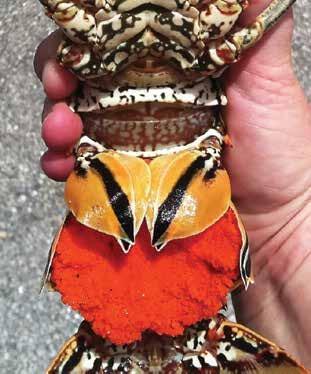
• City of Layton
• Artificial habitats in state waters
Other prohibitions during sport season
• John Pennekamp State Park, Key Largo
• Diving at night




